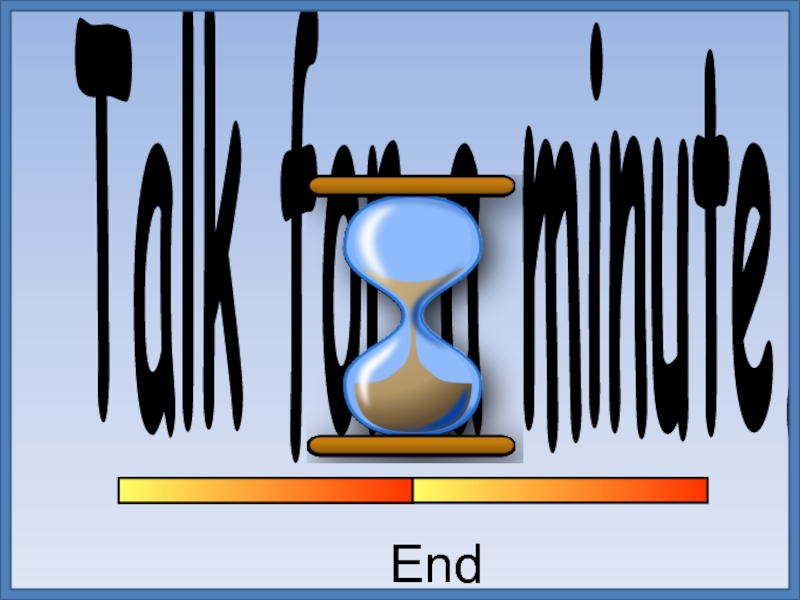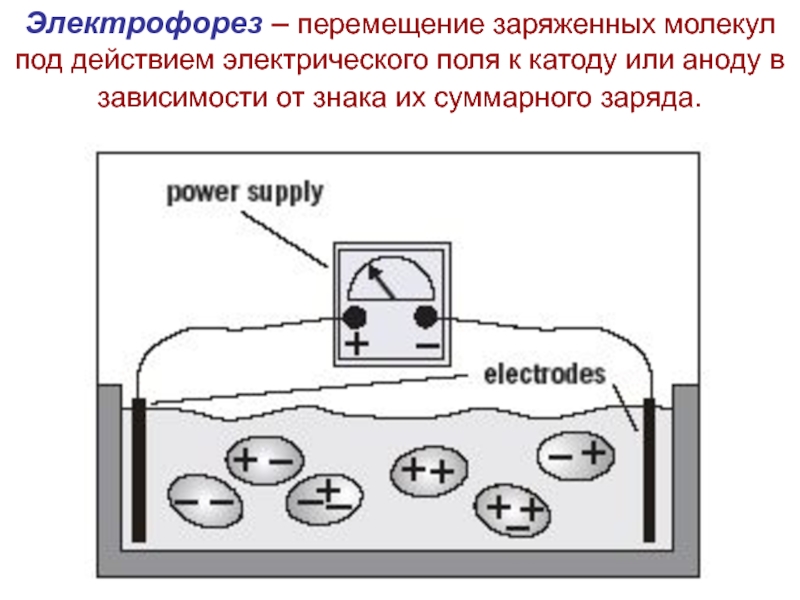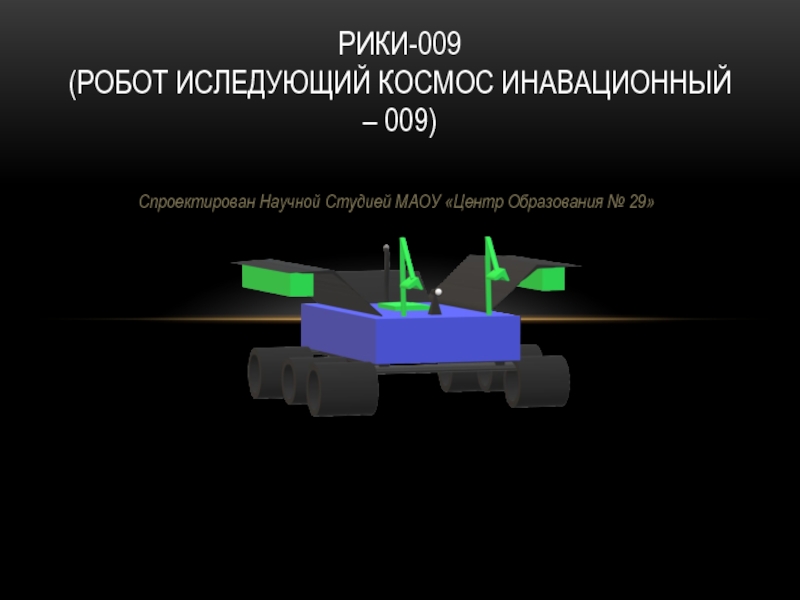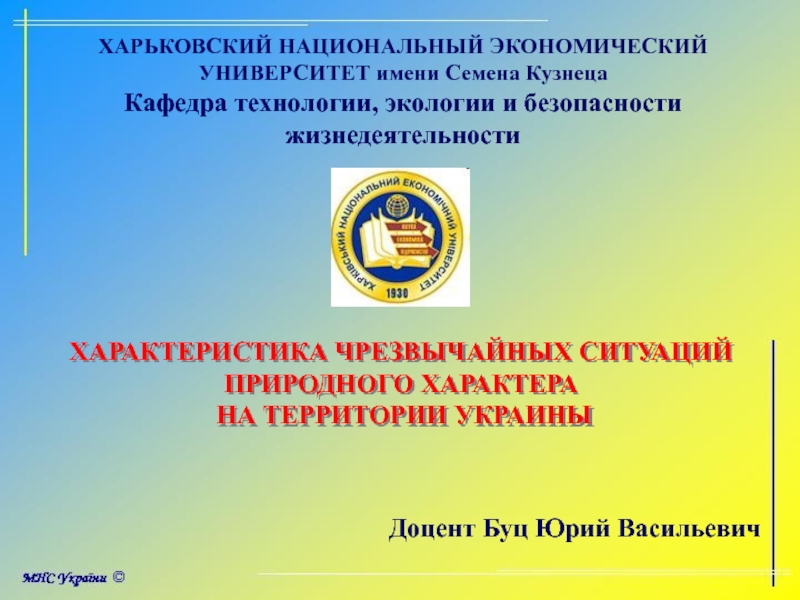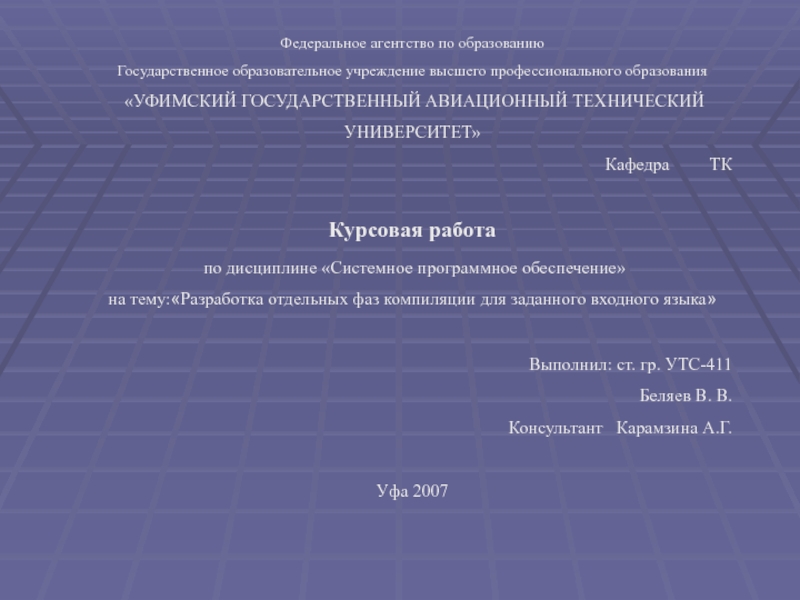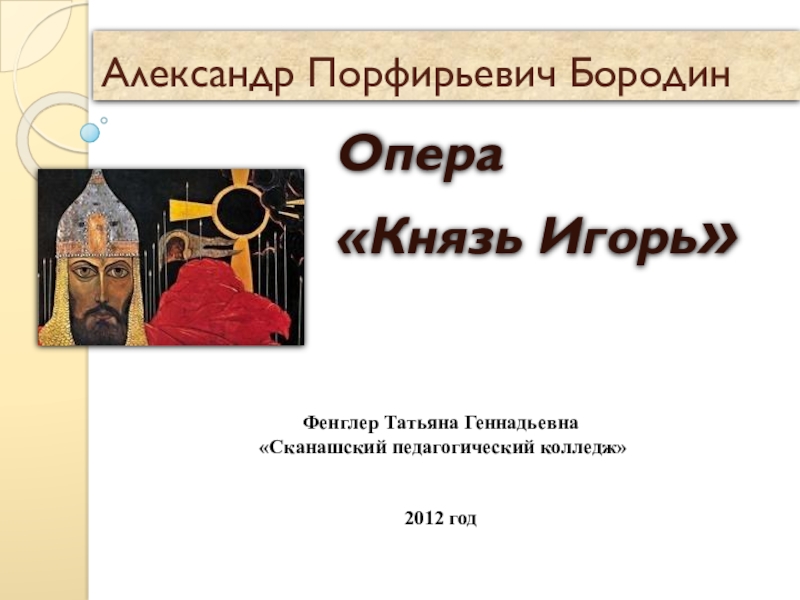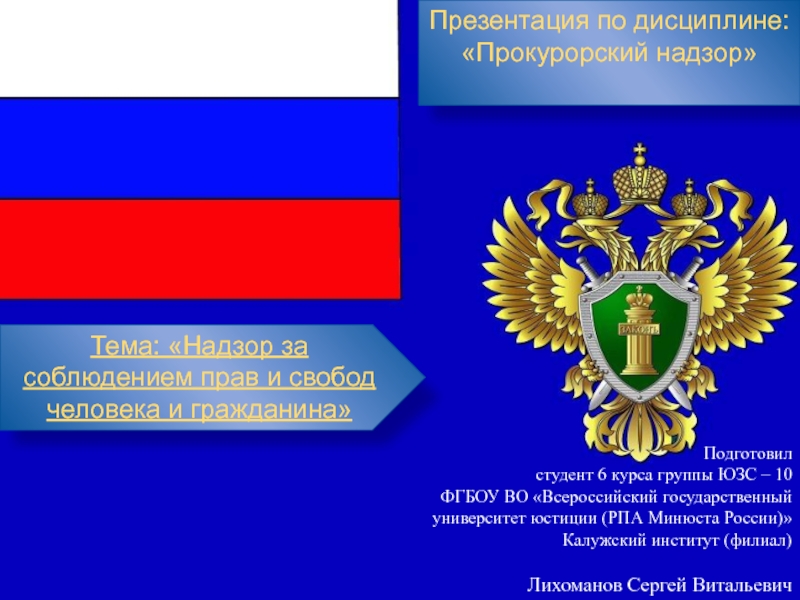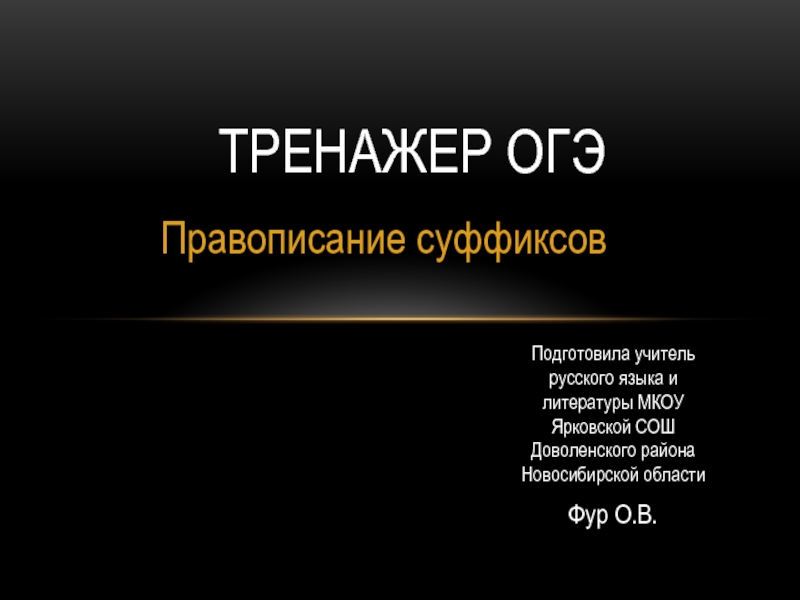analysis with the introduction of the transit
North-East-South in 2019 showed:
1.
Transit North-South of UES of Kazakhstan. The section will be unloaded, and cases of section overload in the coming years will be excluded. As consumption grows in South Kazakhstan, section overloading is possible. Analysis of the flows shows that in the existing scheme, 87% of the time, this controlled section is loaded over the boundary of the Emergency Control Automation in the post-failure mode. The maximum flow rates reach 1,700 MW, which creates the risk of impaired stability on a given transit.2. Transit Kazakhstan-Ural. Section fully loaded during the year. The actual flow in the cross section is formed as the balance of the northern regions of Kazakhstan and the transit flow from the UES of the Urals to the UES of Siberia and back. Allowable overflows are sufficient.
3. Transit Siberia-Kazakhstan. The flow in this section is determined only by the power balance of the UES of Siberia and the allowable flows are sufficient.
4. Kazakhstan section of the 500 kV UES ring of Central Asia. The Kazakh section is determined by the flow of electricity to cover the deficits of South Kazakhstan, but due to the reciprocal flow of power from the Uzbek power system to cover the deficit of the Bishkek energy center, the actual power flows are 100-200 MW

